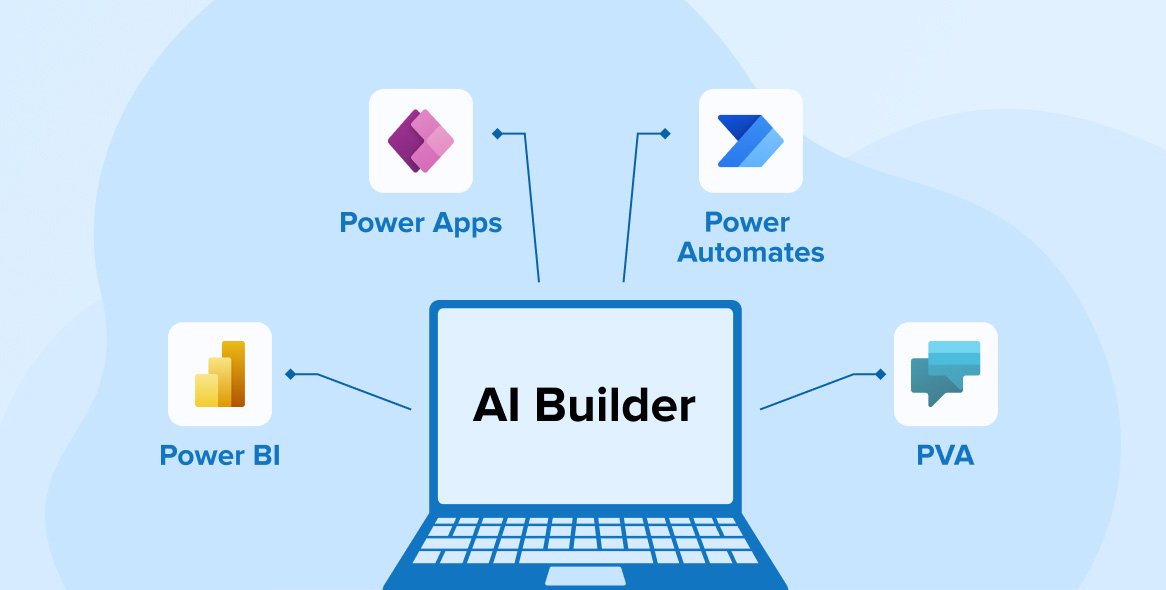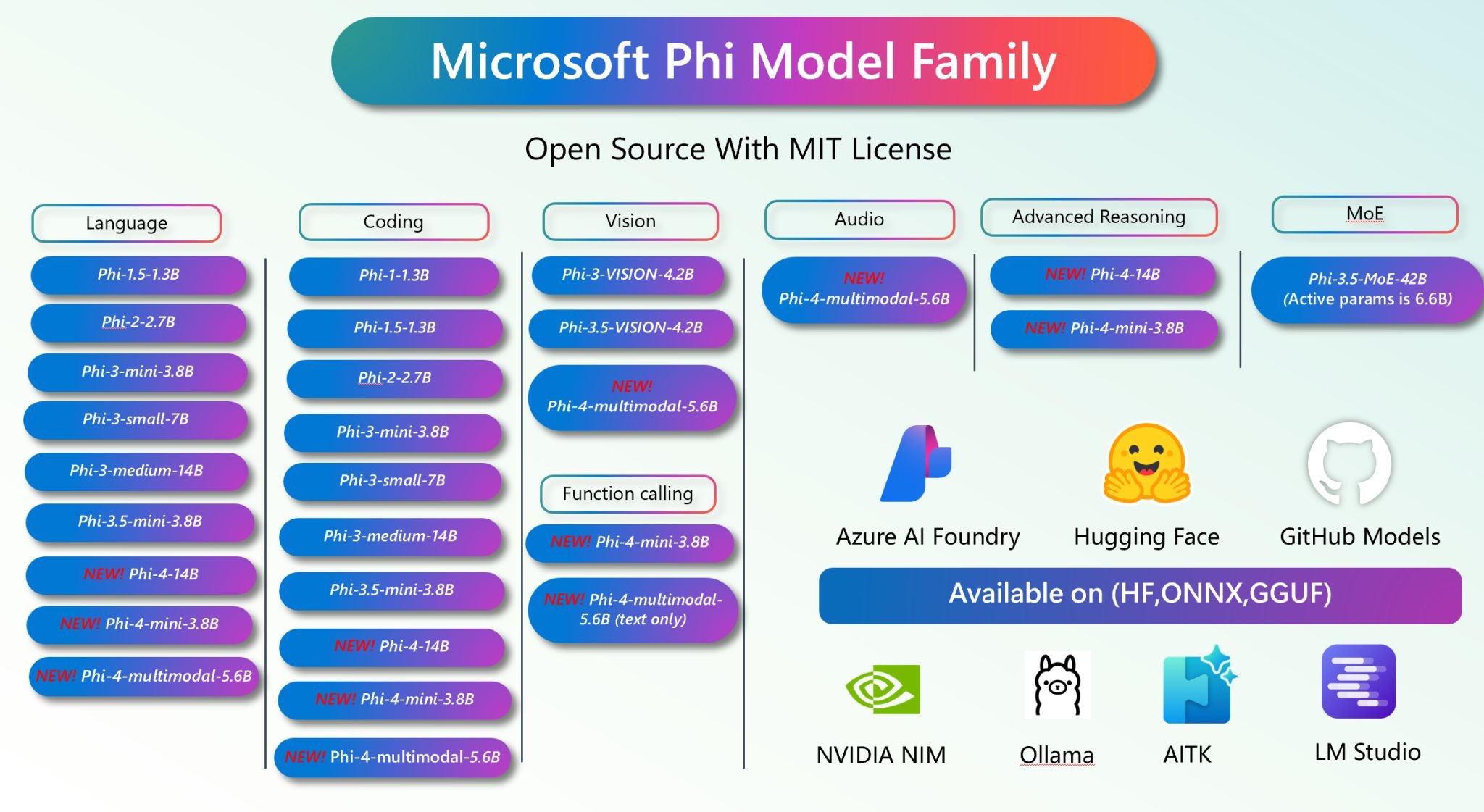Head in the Clouds: My journey from ERP to Power Platform
Latest Posts
In today's digital landscape, seamless integration between services is essential for efficiency and productivity. Azure Functions combined with Power Automate provide a powerful platform for automating tasks and executing custom code securely and efficiently. This blog walks you through creating an Azure Function App with an HTTP trigger using Python's version 2 programming model, demonstrating how to connect this setup with Power Automate to enhance workflow automation.
Dynamics 365 Finance continues to evolve, and the March 2025 release (build 10.0.2177) brings an array of new features, enhancements, and process improvements that empower organizations to streamline financial operations. In this post, we’ll dive into what’s new or changed in version 10.0.43, highlighting key modules, performance updates, and regulatory enhancements.
This guide will walk you through how to run LLMs on your personal computer—from checking if your hardware is up to the task, understanding model sizes, and using quantization to optimize performance, to exploring user-friendly tools for local LLM deployment. By the end, you’ll have the knowledge to set up your own local AI environment. Let’s get started!
Reinforcement learning (RL) has emerged as a transformative force in artificial intelligence, enabling machines to learn complex behaviors through trial and error. This approach has powered breakthroughs from game-playing algorithms to robotic control systems. DeepSeek-R1 represents one of the most significant applications of RL in language models, demonstr….
The Power Platform’s AI Builder empowers users to integrate artificial intelligence directly into business applications—even if you’re not a developer. In this article, we’ll explore what AI Builder is, review its out‐of‐the‐box prompts, walk through how to customize one (using an example of extracting key information from resumes), and explain how to….
Artificial intelligence has woven itself into the fabric of our daily lives. It answers our questions, automates our tasks, and even assists in complex decision-making. The ease and efficiency AI provides are undeniable, but have we stopped to consider the hidden costs? As AI becomes an ever-present guide in our thinking, learning, and problem-solving, concerns arise…
Artificial General Intelligence (AGI) is a term that sparks both excitement and debate. While the idea might sound like something out of a science fiction novel, it represents a real and profound goal in the field of artificial intelligence. In this blog, we’ll explore what AGI is, how it differs from the AI we see today, and why it could transform our future.
The world of AI continues to innovate at lightning speed, and Microsoft Research's latest achievement, Phi-4, is setting new benchmarks in AI capabilities. Phi-4, a 14-billion parameter language model, uniquely prioritizes data quality and advanced reasoning capabilities, significantly outperforming larger counterparts on STEM-focused evaluations.
In today's AI-driven world, efficiently deploying machine learning (ML) models into production is crucial. Azure AI Foundry simplifies this complex task by offering robust, scalable deployment options that cater to diverse business needs. This guide explores the essentials of Azure AI Foundry model deployments, covering serverless and managed options.










From the outset, let me be clear: I love artificial intelligence and have witnessed its transformative potential. In my experience, AI can drastically streamline workflows, enhance decision-making, and unlock new possibilities when applied thoughtfully. But I’m also a realist, and lately the narrative around AI in software engineering has drifted into unrealistic hype. We are not seeing AI inevitably replace jobs by its own doing, rather, we are seeing people in positions of power choosing to replace employees with AI tools to cut costs. This is a critical distinction. It’s an intentional business decision rather than a technological inevitability. Frankly, I disagree with using AI primarily as a direct replacement for human workers. The far better approach…..